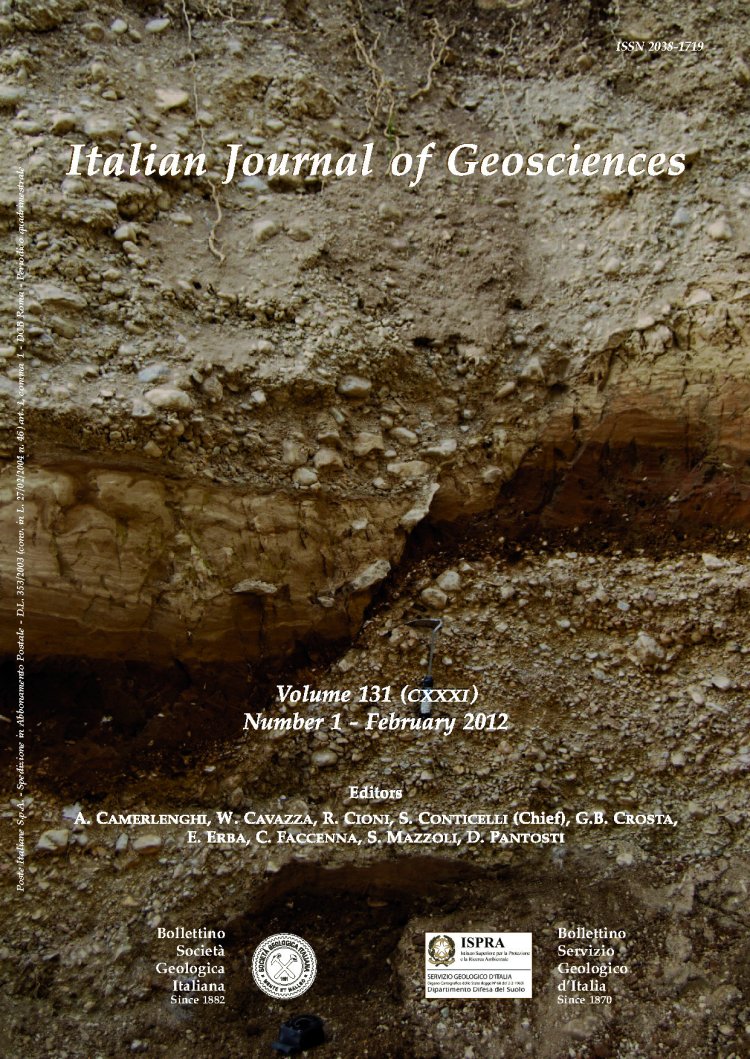
A Miocene Continental Basin associated with the back thrusting of the Eastern Sierras Pampeanas in the Santa Maria Valley, Northwestern Argentina
Ricardo Mon(*), Adolfo A. Gutiérrez(**), Francesc Sabat(***) & Diego Iaffa(***)
(*) CONICET. Miguel Lillo 205 (4000) San Miguel de
Tucumán, Argentina. Telephone number: 54 381 425417. ricardo mon@arnet.com.ar
(**) Facultad de Ciencias Naturales e IML, Universidad Nacional de Tucumán, gutierrez.aa@hotmail.com
(***) Universitat de Barcelona, Dpt. de Geodinámica i Geofisica, Barcelona, Spain.
Volume: 131 (2012) f.1
Pages: 123-135
Abstract
Geological research in the Santa María Valley began more than one hundred years ago. Most studies have focused on stratigraphic aspects of the valley. The present study addresses the structures of the Miocene sequences in the Santa María Valley, on which there has previously been a lack of information. The eastern border of the northern Sierras Pampeanas (northwestern Argentina), is dominated by NNE-SSW faults that form a back-thrust front extending for more than 800 km. Intermontane basins filled with Neogene beds are associated with this back-thrusting belt, one of which is the Santa María Valley, which makes up the southernmost portion of the Calchaquí Valley. The Santa María Valley was formed by two superposed tectonic events. The first event, during a phase of the Miocene (ca. 13-5 Ma), was an extension and volcanism during which a 5000-m-thick sedimentary succession of non-marine beds accumulated, lying directly on the crystalline Proterozoic basement.
A compressional event followed, causing folding and thrusting. This contraction resulted in antiforms of sedimentary beds and the crystalline basement, and large basement-cored antiforms were formed, each of which corresponds to a range. The Cumbres Calchaquíes and Aconquija Range antiforms, at the eastern border of the valley, were backthrust over the Miocene beds filling the valley. These two structures are separated by the Amaicha Valley, which coincides
with a regional, oblique, NW-SE-trending fault showing strike-slip displacement. The Miocene beds filling the valley show overlapping relationships to the east and west; to the east, the beds overlap a structural high that coincides with a sedimentation-free area located east of the Santa María Valley. The Miocene sedimentation took place over an irregular floor with offsets delimited by normal faults.
The most significant step strikes NW-SE and x approximately coincides with the fault trending along the Amaicha Valley.
Keywords
Get Full Text